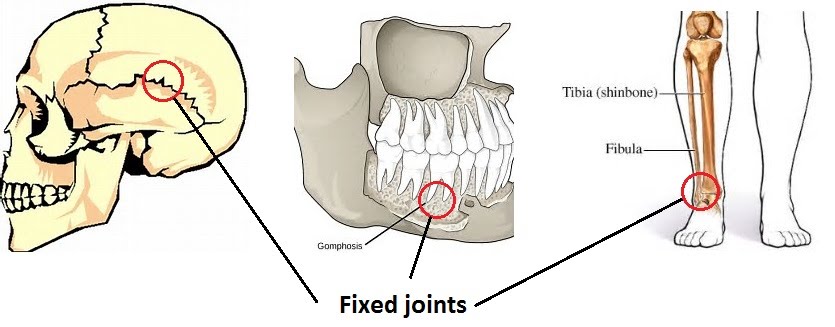Introduction
Sutures
Movable joints
Gliding joints
Hinge joints
Ball and socket joints
Introduction
Unlike cartilage and bones, joints are more of an abstract concept referring to the location between two bones, more than a specific type of tissue. They can be fixed with no movement at all e.g. skull bones, or lubricated and enabling frictionless movement e.g. hip joints.
Types of joint are classified based on the type of movement they provide, as well as the structure of the bones they join. Hence, there are immovable/fused joints. They speak for themselves, and are represented by the skull, teeth and calf bones.
Sutures
The skull joints are called sutures and keep the brain and sense organs protected, allowing no movement between bones except for a little flexibility at the beginning of life to allow for birth. Similarly, tooth joints (gomphosis) move minimally, but enough to enable teeth straightening with braces over time. The two calf bones are joined at the bottom by dense fibrous tissue, typical of immovable joints, and allow for little movement.

Moveable joints
Onto the movable joints, we have gliding joints which are found on flat bone surfaces, hinge joints that move in a single direction, and…
